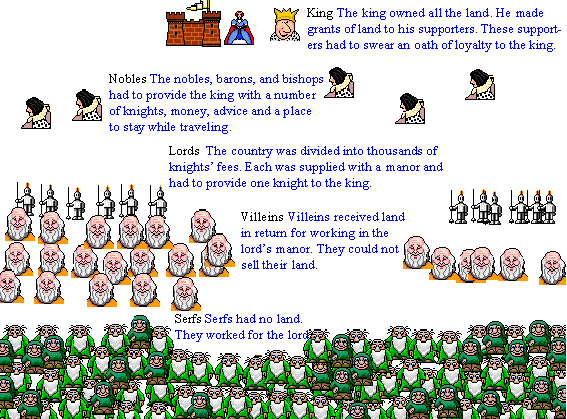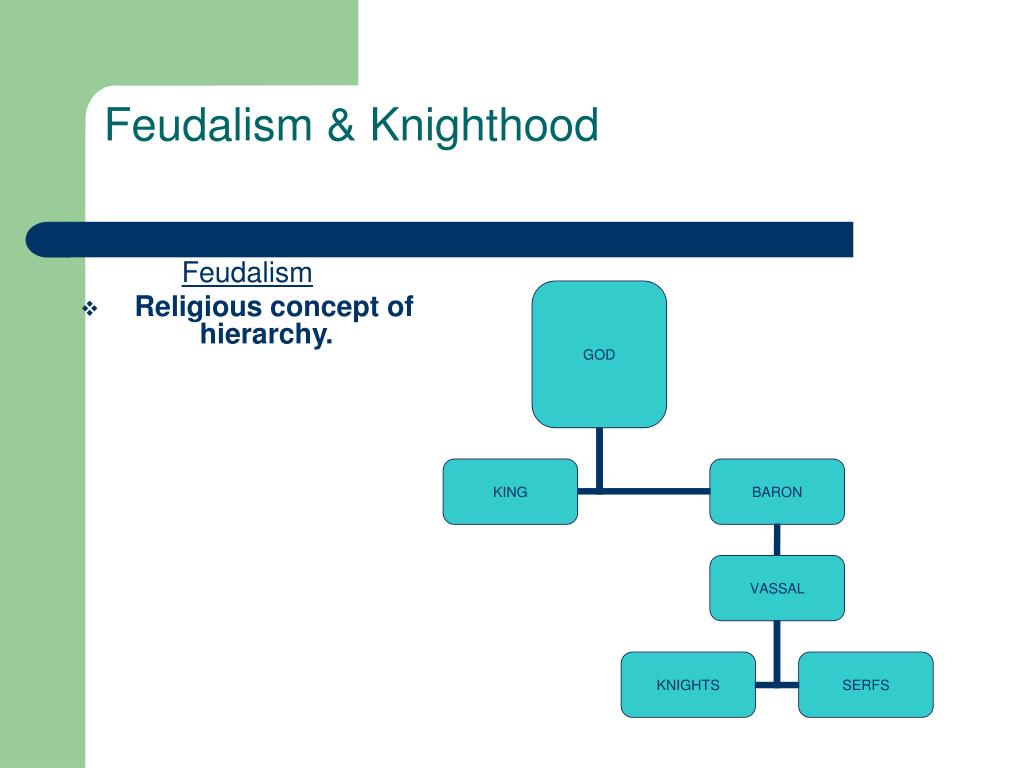

Because they were not adherents of any particular kingdom, they did not show any allegiance to the lords or the king who had hired them their only concern was the money. This led to the sprouting and recruitment of mercenaries all across Europe. The fall of this system came when the lords were allowed to pay soldiers to fight for them instead of fighting on their own accord. The middle ages feudal system functioned well for many years. However, the church also had the power to remove and replace kings who were seen as working against the interest of the society. Most of the clergy worked in the interest of the local lords and the Church worked in tandem with the king’s council to establish the laws of the land. The Church with the pope as its head was very power and influential even within the feudal system. However if he contravened this, the Pope would be the one to intervene. The King was required to perform his duties in accordance with the concepts of rights and justice. A Duke had the capacity to employ as many as 250 people including pages, squires and knights in addition to the peasants who worked in the fields.Ībove the lord was the king at the top of the medieval feudal structure. However, the number of people not only depended on the size of the castle but also the lord’s rank. A lord had the capacity to employ as many people as was needed to work in his castle. The knights would pay for their land by fighting for the king and the lords would provide the king with soldiers and sometimes provide equipment that the knights and other fighters would need to go to battle.Īlthough the middle ages feudal system was highly hierarchical, it was possible for one to move from one category to another.
Role of feudalism in the middle ages manual#
Life within this feudal system demanded loyalty and allegiance to the king (in the case of knights and lords) and to the lords (in the case of the peasants).Īnyone who used the land was to pay for it in the form of working in the land as manual laborers and paying a fee for using some of the land, this was typically required of the peasants. The king thus offered the knights and lords pieces of land in an effort to maintain civil loyalty and order.Īfter receiving land from the king, the lords would rent out some of their lands to the freemen and other peasants who were looking to make a living from working in the fields. However, the kings had to contend with the knights for military loyalty and the nobility or the lords who would secure the loyalty of the peasants on behalf of the king. Thus, land in the medieval society was largely in the custodianship of the king. There was an inherent belief that God owned the land but gave authority to the kings to manage and administer it among the people. The feudal system itself was highly structured and hierarchical and took a pyramidal shape. The medieval castle played a significant role the Middle Ages feudal system. The system entailed the structuring of the middle ages society around land tenures that were owned and given by nobility in exchange for manual labor.

However even before this, there were structures and systems that had already paved way for feudalism in much of England.įeudalism as an economic and social system was at its peak in the 9th to 15th century in middle ages Europe. Following the defeat of the Anglo Saxon at the Battle of Hastings in 1066, William the Conquer and the Normans laid the groundwork for the middle ages feudal system.


 0 kommentar(er)
0 kommentar(er)
